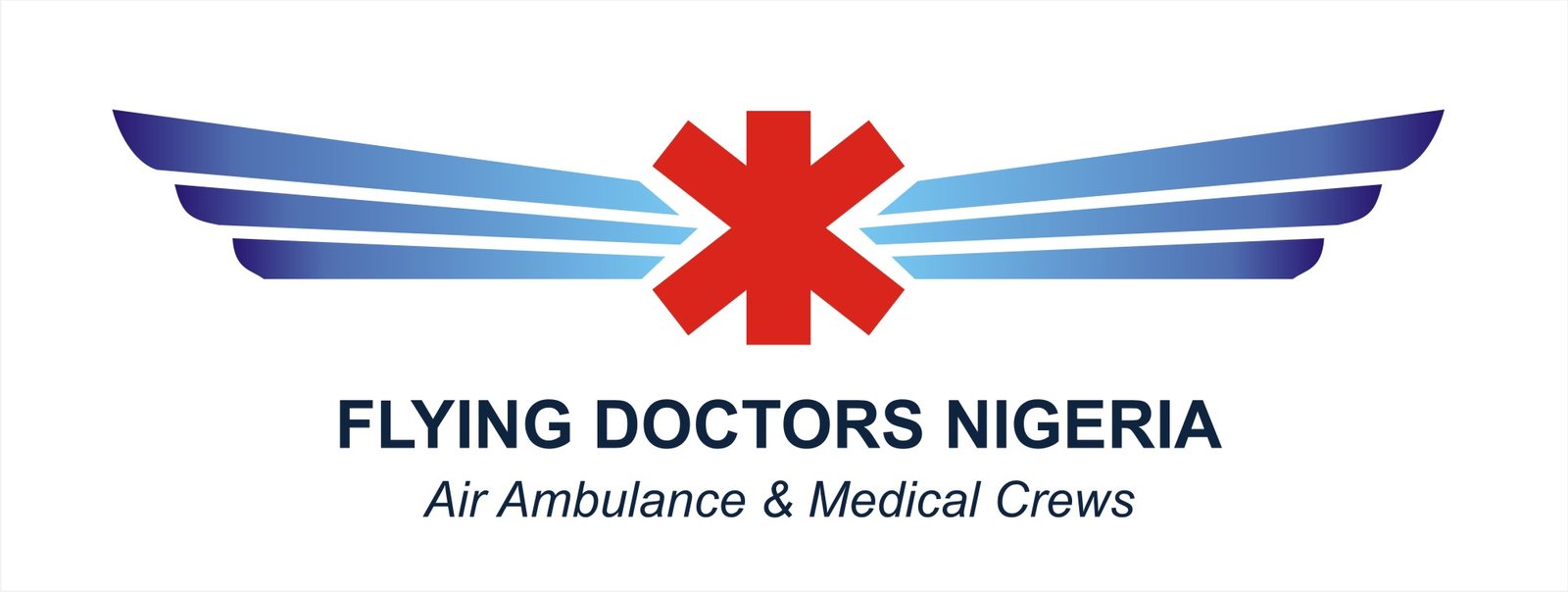Most times, what makes the most significant difference to survival for a critically injured patient is the availability of state of the art medical equipment and the requisite skills to properly use it to save life. At Flying Doctors Nigeria, we boast of an inventory of intensive care medical equipment that can be found in any modern Air Ambulance. Flying Doctors Nigeria is West Africa’s Leading and premier Air Ambulance service.
The purpose of this article is to educate the general public on some basic equipment used in an Air Ambulance during
MULTI-PARAMETER MONITOR

We have an array of monitors in our equipment store. One of them, shown in the image above is the Mindray multi-parameter monitor with defibrillator. This machine has the ability to continuously check and chart vital life functions like blood pressure, respiratory rate, temperature and pulse rate. It also monitors and charts the electrical activity of the heart (ECG) while the defibrillator component is used to restore a normal heartbeat by sending an electric pulse or shock to the heart in the event of a cardiac arrest. Before a defibrillator is used, it must be clearly confirmed that the patient does not have a pacemaker device in place.
Uses of Mindray Monitor
- For continuous monitoring of patient’s vital signs such as blood pressure, temperature, pulse, respiratory rate, saturated oxygen (SpO2) etc.
- They are used to prevent or correct an arrhythmia; a heartbeat that is uneven or that is too slow or too fast.
MECHANICAL VENTILATOR

One of the immortal sayings in Aeromedical Retrieval medicine is “We are a Flying ICU!” or “We bring the ICU to the patient!”. Flying Doctors Nigeria has the capacity to initiate and maintain invasive mechanical ventilation support for any critically unwell patient. For years now, we have continued to successfully transfer very sick patients using our state of the art Oxylog 3000 mobile mechanical ventilators.
Uses
- To get oxygen into the lungs of an unwell patient.
- To remove carbon dioxide from the body.
- Assist easier breathing in critically unwell persons.
- Aid individuals who have lost ability to breathe on their own.
Research by
INFUSION PUMPS

IAn infusion pump is a medical device used to deliver fluids into a patient’s body in a controlled manner. This can be used to deliver fluids in large or small amounts and can be powered electrically or mechanically.
Specifically, they can be used to;
- Deliver nutrients
- Medications such as insulin or other hormones, antibiotics, chemotherapy drugs, and pain relievers.
NEONATAL TRANSPORT INCUBATOR
According to the World Health Organization 2018 report, Pre-term birth complications are the leading cause of death among children under 5 years of age, responsible for approximately 1 million deaths in 2015. Three-quarters of these deaths could be prevented with current, cost-effective interventions.
We use our ‘BabyPod’ to transport these tiny babies safely at high altitudes. The babypod has helped us ensure we are able to support these babies effectively and safely through their air ambulance transport.
CONCLUSION
In summary, we have showcased a few of our contemporary medical equipment that we use to ensure safe transport of patients. These equipment are invaluable in the air ambulance and aids safe transfer of patients from areas of limited access to medical care to specialist centres.

